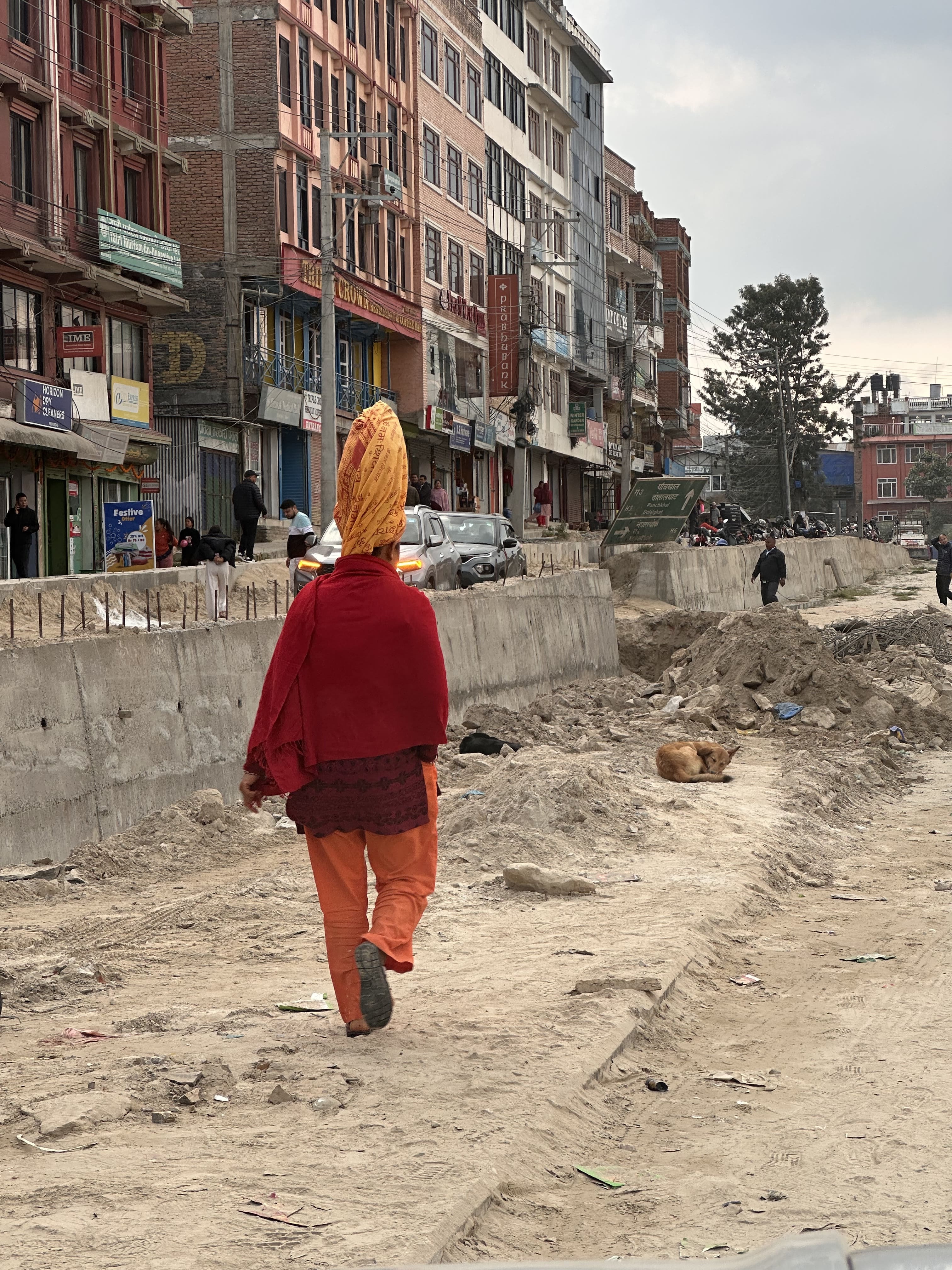
Road Construction in the Mountain Regions of Nepal
In the mountainous regions of Nepal, heavy floods regularly lead to the destruction of roads, especially on steep slopes. Various international organizations, including those from the United Kingdom, Japan, and China, have attempted to create sustainable solutions using their own technologies. A comprehensive analysis of the applied methods has yielded interesting results.
The British approach relied on traditional road construction techniques with concrete retaining walls, which were cost-effective but failed to withstand erosion and extreme weather conditions in the long term. Japan, on the other hand, employed high-tech materials such as geotextiles and flexible structures, which were more adaptable but came with high costs and maintenance requirements. The Chinese method proved to be the most efficient in extreme conditions. It combined innovative engineering techniques with ecological integration: terraced retaining walls that effectively divert water and the use of local materials to reduce costs. Particularly noteworthy was the collaboration with the local population, who were involved in the construction and maintenance process. This not only increased the sustainability of the projects but also strengthened the resilience of the communities.
Our research shows that the Chinese method can serve as a model under extreme conditions due to its efficiency, resilience, and cost-effectiveness, particularly for regions affected by severe weather events. It offers a path to creating sustainable infrastructure that is both technologically advanced and tailored to local conditions.


